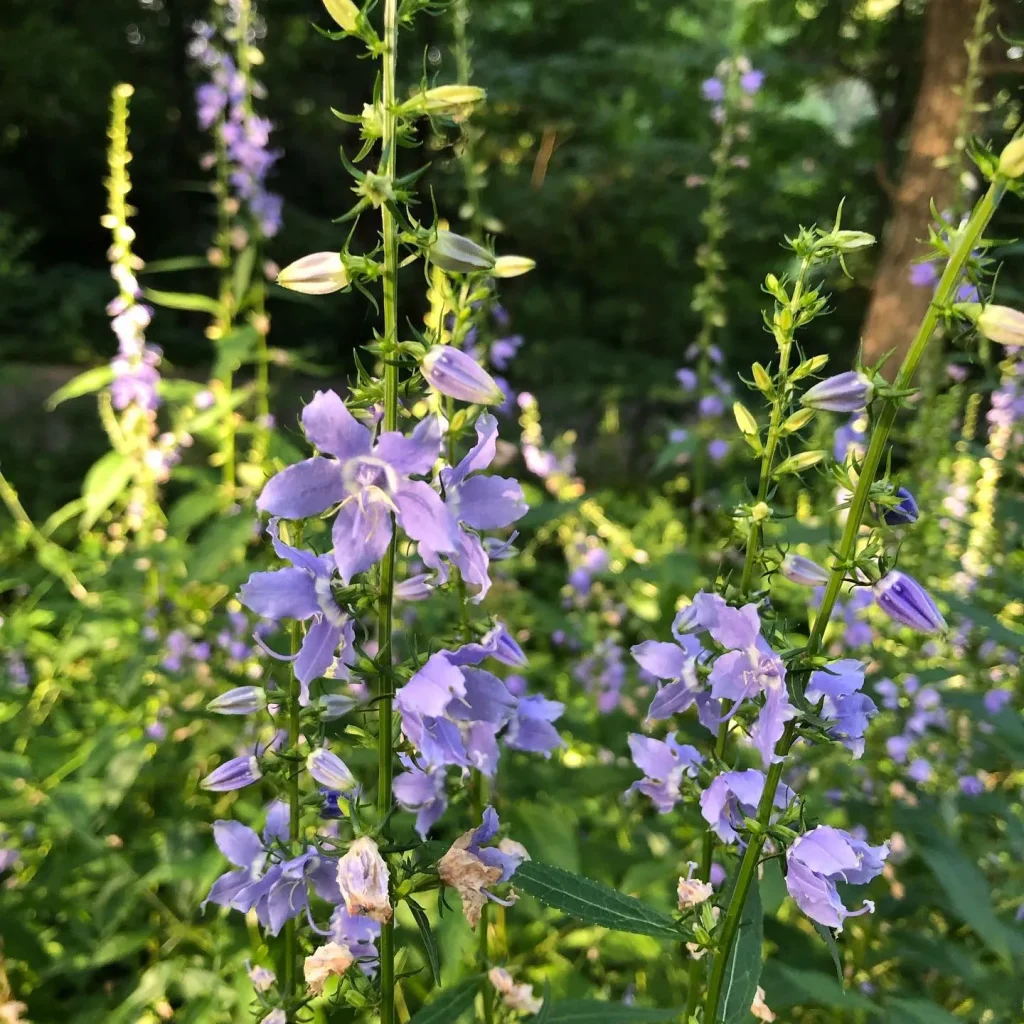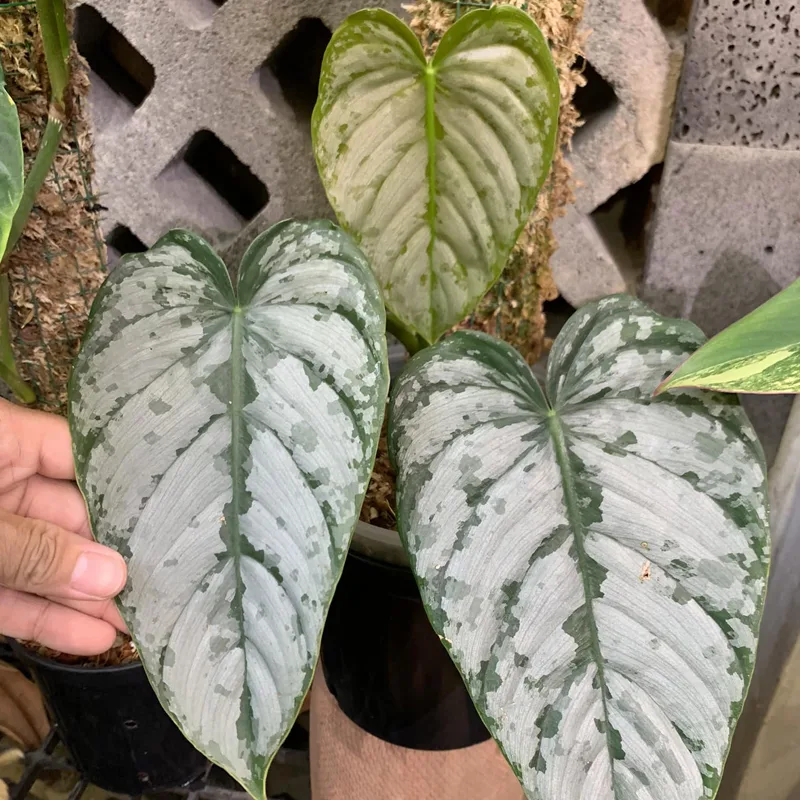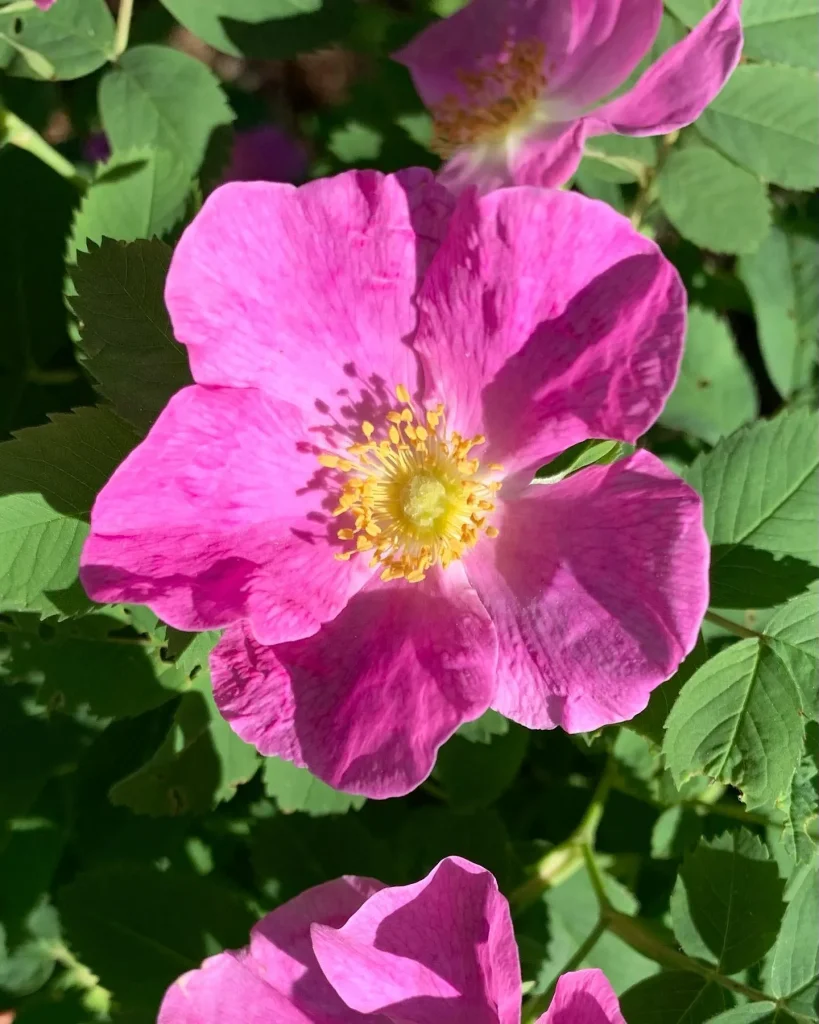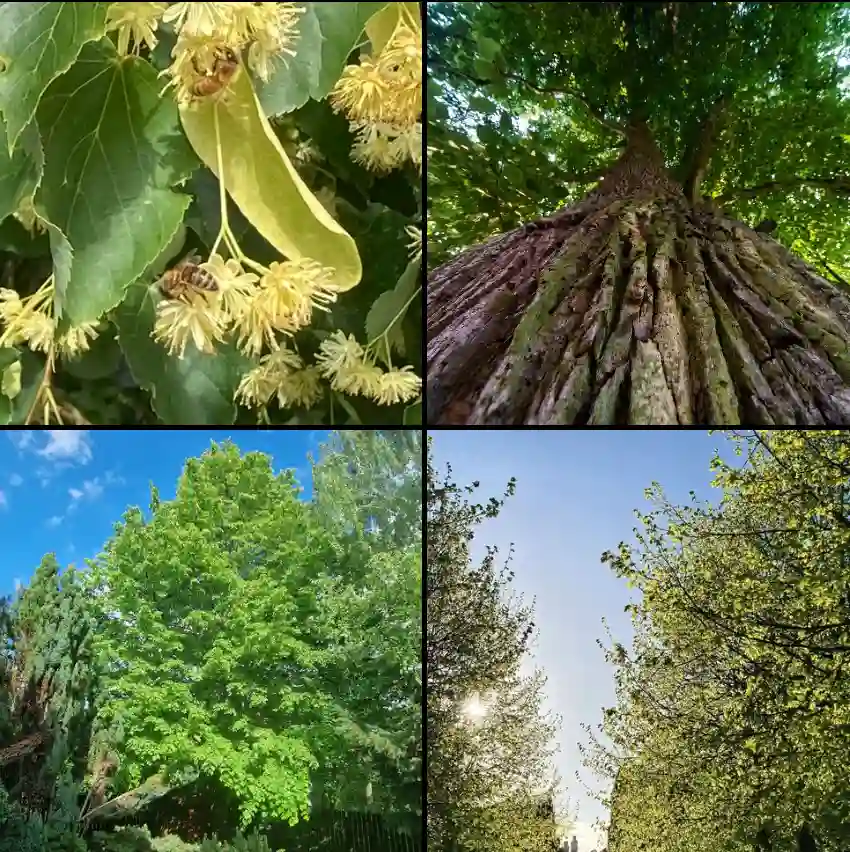What does a Beaked Hazelnut look like?
The Beaked Hazelnut is quite distinctive with its unique appearance. It has this bristly, elongated husk that kind of looks like a bird’s beak, which is where it gets its name from. The nuts inside are small, round, and hard-shelled, and they turn from green to brown as they mature. The shrub itself is a mid-sized, multi-stemmed plant with serrated leaves and can grow quite tall, blending well into the underbrush of forests.
Beaked Hazelnut vs American Hazelnut
When I first encountered the beaked hazelnut, I was captivated by its unique, elongated husk that truly lives up to its name. It felt almost like discovering a hidden treasure in the wild. The American hazelnut, on the other hand, struck me with its more familiar round shape and abundant clusters. Growing both in my garden, I’ve noticed that the beaked hazelnut adds a touch of intrigue and novelty, while the American hazelnut consistently provides a hearty, reliable harvest. It’s fascinating to see how each has its own charm and character, making them both valuable in their own right.
What is Beaked Hazelnut used for?
I’ve found that Beaked Hazelnuts are pretty versatile in their uses. Historically, Indigenous peoples used them as a food source and for making tools and crafts, thanks to their hard shells. These days, they’re mostly used for snacking, baking, and making nut butter. They have a rich, earthy flavor that’s a bit different from the commercial hazelnuts you find in stores, making them a real treat if you can get your hands on them.
What nutrient does Beaked Hazelnut need?
Beaked Hazelnuts need a good amount of nutrients to thrive, particularly nitrogen, which helps with their growth and nut production. They also benefit from a well-balanced mix of phosphorus and potassium. The soil they grow in should be rich in organic matter, so adding compost or well-rotted manure can really help boost their nutrient intake and overall health.
Where to find wild Beaked Hazelnuts?
I’ve often found wild Beaked Hazelnuts growing in mixed woodlands, particularly in the understory of forests with rich, moist soil. They seem to thrive at the edges of woods and along streams where they can get a mix of sunlight and shade. In my area, they’re pretty common in the more secluded parts of the forest, where the soil is undisturbed and full of organic matter.
Are Beaked Hazelnuts edible?
Yes, Beaked Hazelnuts are definitely edible! They have a nice, nutty flavor and can be eaten raw or roasted. The shells are quite hard, so you need a good nutcracker to get to the tasty part inside. I’ve enjoyed foraging for them and using them in various recipes, from simple snacks to more complex dishes like hazelnut-crusted chicken.
How to harvest Beaked Hazelnuts?
When it comes to harvesting Beaked Hazelnuts, you have to be patient and careful. The nuts are usually ready to pick when the husks start to turn brown and the nuts themselves are hard. I’ve found that wearing gloves is essential because those beak-like husks can be pretty prickly. Once you pick them, you’ll need to let them dry out a bit before cracking them open.
When are Beaked Hazelnuts ripe?
Beaked Hazelnuts are usually ripe in late summer to early fall, around August to September, depending on the climate and specific location. I always check the nuts regularly around this time. When the husks start to dry and turn brown, it’s a sign that the nuts inside are ready.
When to harvest Beaked Hazelnuts?
I typically harvest Beaked Hazelnuts in late August or early September. It’s important to get them before the squirrels and other wildlife do! I look for the nuts where the husks have started to dry and brown, indicating they are ripe. Once harvested, I spread them out to dry before shelling them.
How do Beaked Hazelnuts survive cold weather?
Beaked Hazelnuts have a good strategy for surviving cold weather. The shrubs themselves are quite hardy, and the nuts are well-protected inside their tough shells and husks. I’ve noticed that these plants can withstand quite a bit of frost and snow, going dormant in the winter and springing back to life as the weather warms up.
How to dry Beaked Hazelnuts?
To dry Beaked Hazelnuts, I spread them out in a single layer in a well-ventilated, dry place. A garage or shed works well for this. I make sure to turn them occasionally to ensure even drying. It usually takes a couple of weeks for them to dry properly, after which they’re much easier to crack open and enjoy.
If i die, water my plants!



